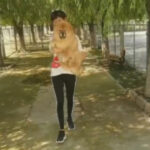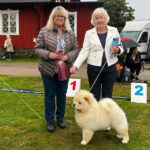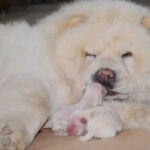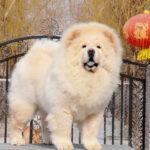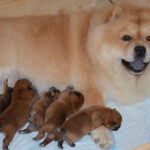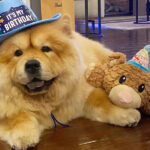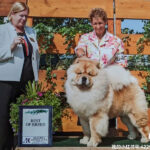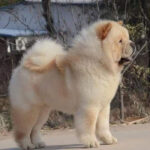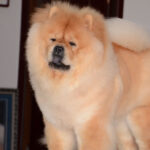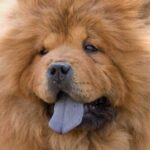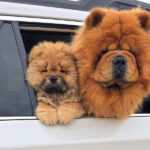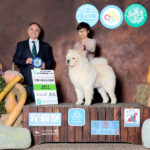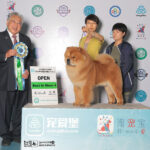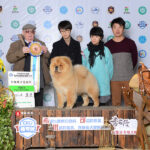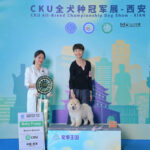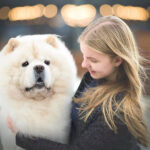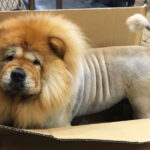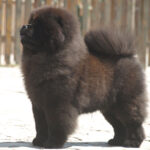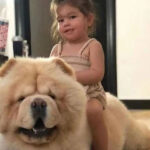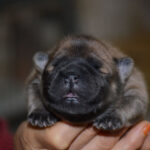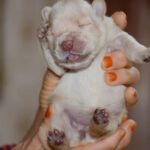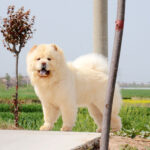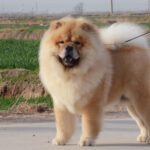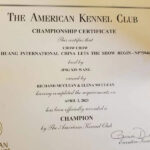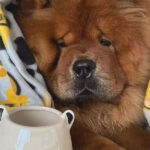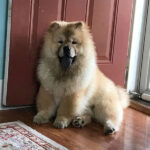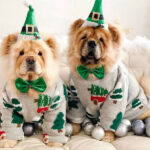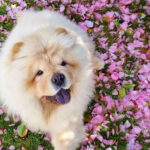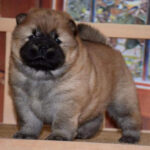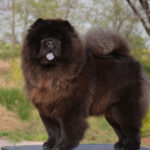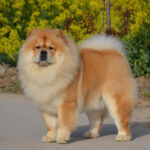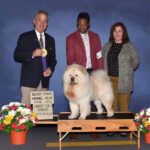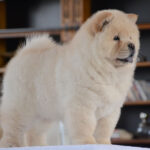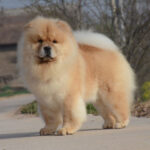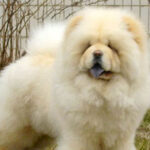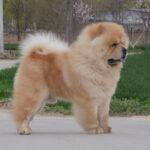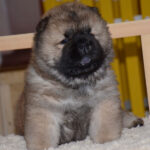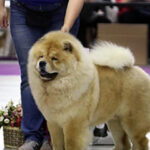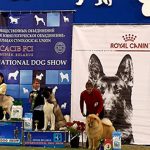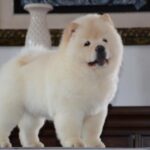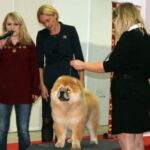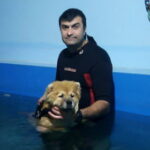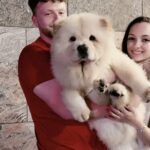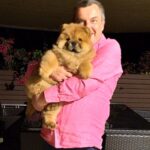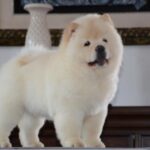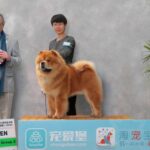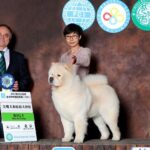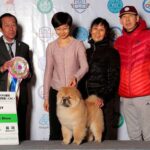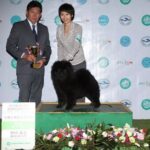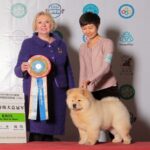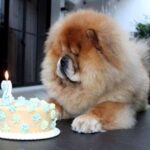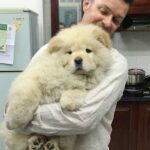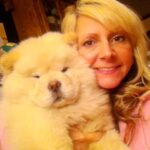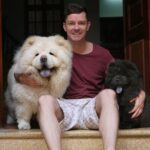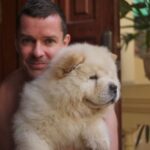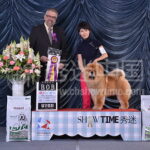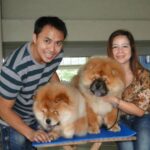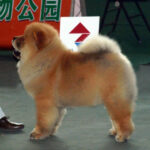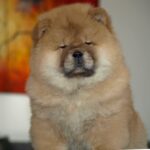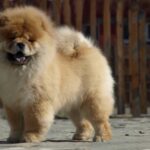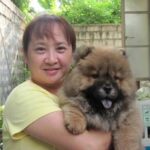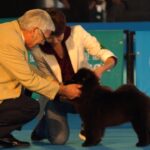
While Chow Chows are renowned for their stunning double coat, which serves to insulate and safeguard them, there are circumstances where shaving becomes imperative. One primary reason for opting to shave is to effectively manage excessive matting or tangling of the fur, which, if left unattended, can cause discomfort and irritate the delicate skin underneath. Shaving can also prove advantageous during the scorching summer months, aiding in maintaining the Chow Chow’s body temperature and preventing the risk of overheating.
Furthermore, in instances where a Chow Chow experiences dermatological issues or undergoes surgical procedures, shaving may be deemed necessary to ensure improved hygiene and facilitate the proper healing of the affected areas. It is crucial to approach the shaving process with careful consideration, as the Chow Chow’s coat serves vital functions, and seeking advice from professional groomers or veterinarians is highly recommended to determine the most suitable shaving approach for each individual Chow Chow.
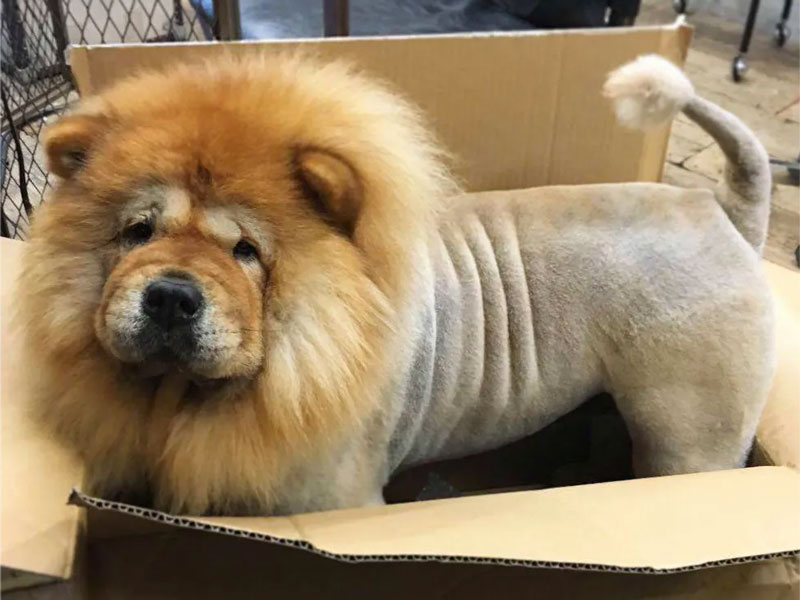
The Chow Chow possesses a striking and distinctive feature: its luxurious double coat. This remarkable coat consists of two layers: an outer layer called the guard hair and a dense undercoat. The guard hair is coarse and straight, serving as a shield against the elements and providing protection from dirt and moisture. It acts as a barrier, keeping the Chow Chow’s skin dry and safeguarded. The undercoat is soft and dense, creating insulation and offering additional warmth. This unique combination of guard hair and undercoat gives the Chow Chow a majestic appearance akin to that of a regal lion. This double coat requires regular attention and care to maintain its health and beauty.
Start by acquiring a high-quality grooming brush or comb specifically designed for double-coated breeds like the Chow Chow. Look for brushes with long, wide-spaced bristles or stainless steel pins that can easily penetrate the dense fur, removing any tangles and loose hair.
Invest in a pair of reliable grooming shears or clippers with various blade lengths, allowing you to customize the trimming style based on your preferences and your Chow Chow’s coat requirements. Opt for clippers specifically designed for pets, equipped with adjustable settings for precise and safe trimming. Don’t forget to include grooming scissors in your toolkit for more intricate work around delicate areas such as the paws and face. It’s also wise to have styptic powder or a styptic pen on hand to quickly stop any bleeding that may occur if you accidentally cut the nails too short.
To make the bathing process easier, have pet-friendly shampoos and conditioners suitable for your Chow Chow’s sensitive skin. Keep a couple of soft towels nearby for gentle drying after bathing. Lastly, have some tasty treats ready to reward your Chow Chow for their patience and cooperation during the grooming session.
Start by gently running the brush through your Chow Chow’s coat, working from the rear end towards the head. Take your time and be thorough, paying extra attention to areas that are prone to matting, such as behind the ears, under the armpits, and around the neck. If you come across any mats or tangles, avoid pulling or yanking on them, as this can be painful for your dog. Instead, use your fingers or a mat splitter to carefully tease apart the mat from the outer edges, gradually working your way inward. For particularly stubborn mats, it may be necessary to carefully trim them using grooming scissors, ensuring you have a steady hand and always prioritize your Chow Chow’s safety by keeping the scissors away from their skin.
To initiate the bathing session, delicately brush your Chow Chow’s fur to eliminate any loose hair and detangle any knots. This preliminary step not only prevents the formation of mats but also allows the shampoo to penetrate more effectively. Position your Chow Chow in the bathtub or an appropriate bathing space, ensuring the water temperature is lukewarm, neither too hot nor too cold. Begin by wetting their coat thoroughly, starting from the rear and gradually moving towards the head, taking care to avoid water entering their sensitive ears. Dispense a small amount of dog shampoo onto your hands and gently lather it into their coat, employing a massaging motion to ensure even distribution.
Thoroughly rinse your Chow Chow, ensuring that no residual shampoo remains, as this can cause skin irritation. Once rinsing is complete, softly pat their coat dry using a towel, refraining from vigorous rubbing that may be harsh on their sensitive skin. Chow Chows possess a dense coat that takes time to dry thoroughly, so patience is key. Avoid using a hairdryer, as the intense heat can prove overwhelming for their delicate skin. Instead, allow their coat to air dry naturally or employ a towel to gently absorb excess moisture.
Begin by determining the desired length of their coat, as this will serve as your guide throughout the clipping session. Starting from the back of the neck, gently and steadily move the clippers in the direction of hair growth. It is essential to maintain a consistent pressure and avoid exerting excessive force, as this can cause discomfort or lead to uneven cuts.
As you progress along the body, ensure that the clippers smoothly glide through the fur, checking for any tangles or resistance that may necessitate gentle combing or detangling beforehand. Pay special attention to areas prone to matting, such as behind the ears, the chest, and the hindquarters. To create a smooth surface for the clippers, use your free hand to hold the skin taut.
Start with the legs, as they require a careful and precise approach. Hold the leg firmly but gently, and using the scissors, trim the hair on the lower legs, carefully following the natural shape and contour of the leg. Pay attention to maintaining an even length throughout and avoid cutting too close to the skin.
Moving on to the tail, assess the desired length and shape you wish to achieve. For a traditional look, many Chow Chow owners prefer to maintain a fluffy and plume-like tail. To achieve this, gently comb through the fur to remove any knots or tangles. Hold the tail at the base and trim the hair gradually, starting from the top and working your way down. Take your time and make small, precise cuts to ensure an even length and a smooth transition from the body to the tail.
When trimming the fur around the eyes, it is important to exercise extreme caution. Use your fingers to carefully hold the fur away from the eyes, ensuring that you have a clear view of what you are doing. Make small, precise cuts to remove any excessive length while maintaining a natural and balanced appearance.
As you move to trim the fur around the ears, be mindful of the sensitivity of this area. Gently hold the ear in one hand and use the other hand to trim the fur along the edges, ensuring that you maintain a clean and neat appearance while avoiding any contact with the inner ear.
When working on the muzzle and chin, take your time and make deliberate, controlled cuts. Follow the natural contours of the face, ensuring an even length and a well-groomed appearance. Be especially careful when trimming around the mouth and nose, as these areas are sensitive. Use gentle strokes and keep a close eye on your Chow Chow’s reaction to ensure they remain comfortable.
Throughout the trimming process, be mindful of your Chow Chow’s comfort and safety. Keep a calm and relaxed environment, offering praise and reassurance as you work. Take breaks if needed and be attentive to any signs of stress or discomfort.
After clipping and trimming your Chow Chow’s fur, it is important to give them another thorough bath to remove any loose hairs and residue that may have accumulated during the grooming process. Fill a tub or basin with warm water, ensuring it is at a comfortable temperature for your Chow Chow. Wet their entire body, including their legs, chest, and tail, making sure to avoid getting water in their ears and eyes.
Apply a gentle, dog-friendly shampoo, specifically formulated for sensitive skin, to your Chow Chow’s coat. Work the shampoo into a rich lather, massaging it gently into their fur, focusing on areas where residue or loose hair may be present. Pay particular attention to their undercoat, as this is where loose hairs often accumulate.
Rinse your Chow Chow thoroughly, ensuring all the shampoo is removed from their coat. Use your hands to comb through their fur while rinsing, helping to remove any remaining loose hairs. Take your time to ensure a complete rinse, as any shampoo residue left behind can cause skin irritation.
Once your Chow Chow is thoroughly rinsed, gently squeeze out excess water from their fur. Use a clean, absorbent towel to pat them dry, starting from their head and working your way down to their tail. Avoid vigorous rubbing, as it can tangle their fur. For Chow Chows with long hair, you may need to use multiple towels to soak up the moisture.
After bathing and drying your Chow Chow, it is beneficial to apply a moisturizer or coat conditioner to nourish their skin and promote a healthy coat. Choose a high-quality, dog-specific moisturizer or conditioner that is free from harsh chemicals and fragrances. Apply a small amount to your hands and gently massage it into your Chow Chow’s coat, starting from the base of the neck and working your way towards the tail. Be sure to distribute the product evenly, focusing on areas that may be prone to dryness or irritation, such as the elbows, hocks, and belly.
The moisturizer or conditioner helps to replenish the natural oils in your Chow Chow’s skin, preventing it from becoming dry or flaky. It also adds a layer of protection to their coat, keeping it soft and manageable.
Pay attention to their behavior and observe their skin for redness, itchiness, or any other abnormal reactions. Some Chow Chows may experience sensitivity or discomfort after being shaved, especially if they have sensitive skin.
Keep an eye out for excessive scratching, licking, or biting at the shaved areas, as these can indicate discomfort or irritation. If you notice any signs of distress, it is important to address them promptly to prevent further discomfort or potential complications.
If your Chow Chow displays any signs of discomfort or irritation, you can take steps to alleviate their symptoms. Applying a soothing, dog-specific topical cream or ointment recommended by your veterinarian can help calm any redness or irritation. Providing a cool and quiet environment can help your Chow Chow relax and reduce any potential stress or discomfort.
Maintaining your Chow Chow’s coat is essential for their overall health and appearance. Regular grooming sessions should be a part of your routine to keep their coat in optimal condition. Brushing your Chow Chow’s fur at least once or twice a week helps to prevent tangles, mats, and excessive shedding. Use a slicker brush or a comb specifically designed for their double coat to gently remove any loose hairs and keep the fur free from debris.
